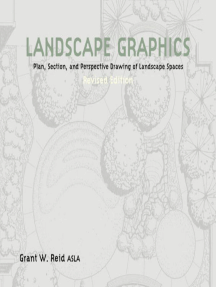Landscape horizontal lines refer to the space between two landscape attributes. There are no hard and fast rules with landscape flat lines. You may choose a piece of paper and draw your own flat line between trees and flowerbeds, or you could simply indicate the outline of current landscape features into your yard. It is dependent on your own personal preference and what works best for the yard and garden.
Landscape Horizontal
A landscape design tool that’s widely used one of home and landscape designers is your landscaper pencil. Landscape pens are made from graphite or fiberglass and come in a variety of sizes and designs. They’re particularly helpful when used to draw the landscape plan layout of your house or garden. They’re simple to use and are available at most hardware and home improvement stores. As an alternative, many people prefer to use plastic stickers which outline their landscape thoughts for extra permanence.
Landscape Horizontal
Many landscape design suggestions for the lawn revolve around plants. The height and type of plants you use will depend on the climate you live in as well as your personal preference. Do you wish to plant trees? Or would you rather include shrubs, bushes, flowers or a combination? Various kinds of plants will require unique amounts of sun, water and nutrients, so it is important to do a bit of research before purchasing or planting any products.
Landscape Horizontal
One more factor to think about is drainage. Water needs will vary based on whether you’ve got a low or higher ground level and if you are planting near a creek, stream or another body of water. Wherever you choose to plant your yard landscape, you must be aware of possible runoff problems that may cause your plants to eventually become ruined. If you have existing flooding issues in your town, landscape design tools like a rain barrel or even underground sump pump may be useful to decrease flood damage to a newly landscaped lawn.
Landscape Horizontal
Many landscape programs revolve around the notion of planting food. Plants are often chosen for their attractiveness in addition to their capacity to add color to a landscape. Particular plants grow in certain climates and will need less or more maintenance from their owners depending on the location of their planted area. Some examples of food for landscaping comprise flowers and perennials like California Poppies and Dogwood. These can be planted in just about any location, but do need more attention than some annuals such as California Bluebells and Easter Lilies.
-
When considering the types of plants you plant in your yard, think about your personal tastes. Also consider the sort of structure you are trying to install in your yard, such as a gazebo, arbor or pergola. A landscape strategy is just as good as the creativity that was utilized in creating it. Your landscape plan should give you suggestions about how to best use existing structures in your lawn. Utilize your landscape plan as a manual and you are sure to make a yard that is aesthetically pleasing to the eye and comfortable to live in.
You will need to make a decision on what materials you’ll use for your own plan. You can opt to use concrete or asphalt to build your edging. If you choose to use concrete, then you will need to make sure that it’s sealed correctly. You will also need to make sure that the concrete you use is fairly low care, otherwise, your edging will succumb to water damage very fast.
Now your landscape program is complete, prepare the soil and start to plant. You can normally walk around your yard and take a good look at it before starting. Take into account the present vegetation you have, the sort of buildings and other characteristics of your home. With this information in hand, you’re certain to have a beautiful landscape program that can transform your lawn into a paradise.

